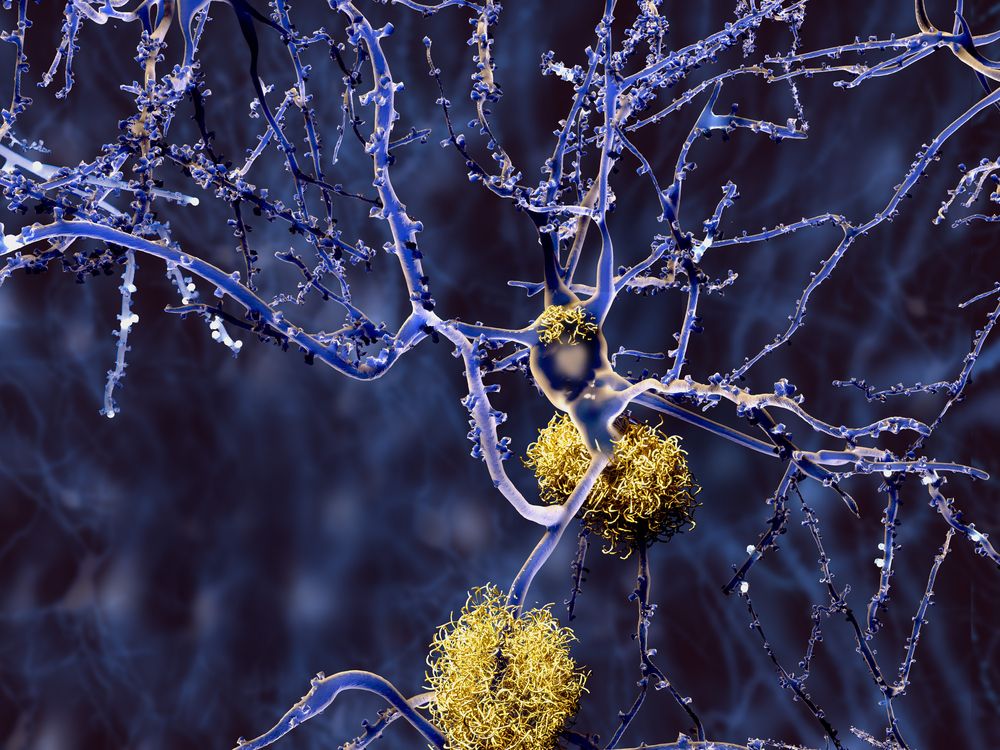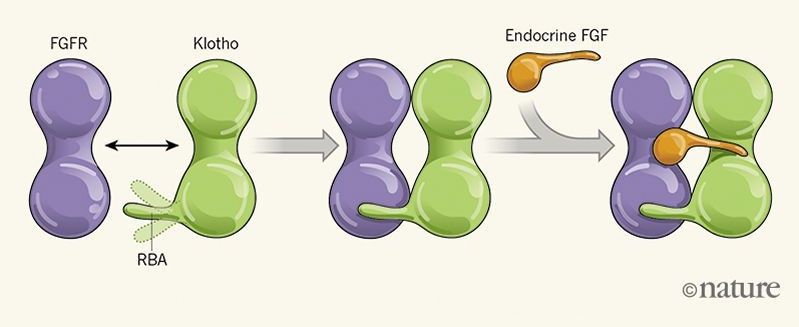
Category: neuroscience – Page 1,142


Alzheimers Reversed by Editing a Single Gene
Researchers at Gladstone Institutes in San Francisco report that a gene variant associated with Alzheimer’s works differently in mice and humans, and they also demonstrate how modifying this gene could potentially prevent the plaques associated with Alzheimer’s from forming and damaging the brain.
An ApoE3 gene variant is associated with Alzheimer’s disease
The gene apolipoprotein E3 (ApoE3) has a variant known as ApoE4, which is associated with the development and progress of Alzheimer’s disease. People with just one copy of the ApoE4 gene are at twice the risk as people without this gene variant. Some people even have two copies of the ApoE4 gene, which makes their risk of Alzheimer’s a staggering twelve times greater.


Fart gas may help prevent dementia, heart disease: study
Farts may stink to high heaven, but a new study suggests that the gas responsible for that foul odor may actually extend a person’s time on earth.
Scientists in the UK claim that hydrogen sulfide, the stinky compound that smells like rotten eggs which contributes to the flatulence stench, could have amazing health benefits.
Hydrogen sulfide can be toxic, but tiny amounts have been shown to help protect the mitochondria, which are known as the “powerhouses” of cells.


Memory Successfully Boosted In Humans
Scientists from Wake Forest Baptist Medical Center partnered with researchers from the University of Southern California to develop an innovative procedure to give hope to people struggling with remembering important information. A new implant uses a person’s own memory patterns in order to boost the brain’s natural ability to encode those memories and recall them quickly. There has been a reported 35 to 37 % increase in short-term memory performance.
“This is the first time scientists have been able to identify a patient’s own brain cell code or pattern for memory and, in essence, ‘write in’ that code to make existing memory work better, an important first step in potentially restoring memory loss,” said the study’s lead author Robert Hampson, Ph.D., professor of physiology/pharmacology and neurology at Wake Forest Baptist.
Epilepsy patients from Wake Forest Baptist were surgically implanted with electrodes in the various parts of their brains. The electronic prosthetic system is based on a multi-input-multi-output (or MIMO) mathematical model to influence the patterns of neurons firing within the hippocampus.



Brain adapts after rare dementia attacks language center
People with a rare kind of dementia that initially attacks the language center of the brain end up recruiting other areas of the brain to decipher sentences, according to a new study.
The study is one of the first to show that people with a neurodegenerative disease can call upon intact areas of the brain for help. People who have had strokes or traumatic brain injuries sometimes use additional regions of the brain to accomplish tasks that were handled by the now-injured part.
“We were able to identify regions of the brain that allowed the patients to compensate for the dying of neurons in the brain,” says first author Aneta Kielar, an assistant professor of speech, language, and hearing sciences and of cognitive science at the University of Arizona.